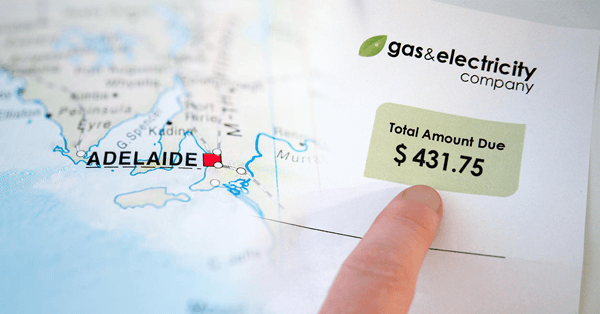
If you are moving into a different state in Australia, it helps to know what are the electricity rates. While you might be living in the same country, prices around different states vary. The worst part, the disparity can get big enough that it can make a dent on your budget. So, it really helps to know how much more or less you are going to spend when you move. No need to look further though because here is a list on the average electricity bill Australia.
Average Electricity Rates Per State
There are four major states: Queensland, Victoria, New South Wales, and South Australia. The cheapest among them is Queensland at an average electricity rate of 21.30 cents/kWh. This is then followed by Victoria at 23.47 cents/kWh, New South Wales at 25.78 cents/kWh, and lastly, South Australia with an electricity rate of 34.59 cents/kWh.
To put these rates into perspective, here are the average annual electricity bills per household in each state. With the cheapest electricity rate, Queensland residents pay around $1,367 annually for their electric bill. As expected, this is followed by the next cheapest electricity rate, Victoria. The average electric bill per year is $1,490, followed by New South Wales at $1,627. South Australia comes in last with the most expensive electricity bill of $1,759 per year.
While these numbers give you a perspective on how much more expensive one state is over another, these electricity rates are not accurate representations of how much you are going to pay. These are only average rates. Prices are bound to differ depending on the time of the day and month of the year. Depending on the supply and demand of electricity, prices are bound to fluctuate, reaching all-time highs and lows.
What are Tariffs?
It is important to not set your eyes on electricity rates alone. There are various different factors that affect annual electricity bills. One thing to note is electricity tariffs. To put it simply, tariff refers on how you are charged for electricity that you use. What this means is that each state follows different rules on how they charge consumers for electric consumption. While the electricity rate does exist, it serves only as an average and it can fluctuate severely based on the tariff being followed by the state.
For example, electricity is priced differently depending on the time of the day or the season of the year. On a different perspective, a different rate applies for each “block” of electricity that is consumed. It could be that the first “block” is cheaper compared to the succeeding “blocks” you consume.
What are Fixed Charges?
Whether you use electricity or not, a fixed rate is charged on your annual electricity bill. This is what is called a “service to property” charge or fixed charge. It doesn’t matter if you didn’t consume electricity, this cost is fixed and is added to your bill on daily basis. To put it simply, this is your maintenance fee for being connected to a source of electricity.
With this being said, it helps to know how much the fixed charge of your power provider is in order to further estimate your annual electric bill. It is also important to keep in mind that a fixed charge can fluctuate based on different factors.
Understanding kWh
If you are one of the people who don’t understand what kWh stands for, then you might not have a complete understanding of electric consumption. kWh stands for kilowatt hours. Your electric device consumes power measured by watts. For every kilowatt consumed per hour, you pay 20 cents or so, depending on your electric price rate.
Understanding electricity consumption and electric bills are not all that straightforward. Most of the time, you don’t actually get to know how much you are paying. Electric rates are just a collective average, but it is enough to give you an estimate on how much more expensive one state is over the other. As a result, this average electricity bill Australia list can be an eye opener, allowing you to make better budgeting decisions.

















